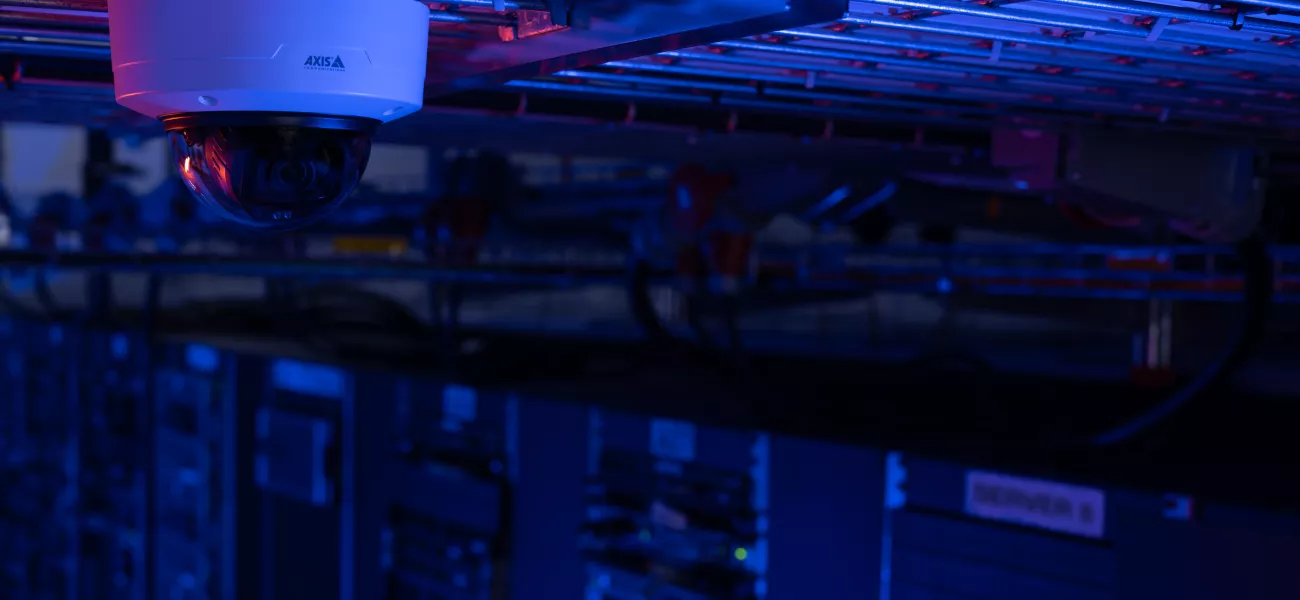
Many businesses now rely on data centers to house the vast volumes of data they produce on a daily basis. Data centers offer convenience, enabling high-capacity data storage that allows companies to do away with servers stored on-premises, and their associated maintenance and management costs. Much has been written about the high levels of cybersecurity needed to protect data centers, and yet, given the fact that these facilities are increasingly unmanned, physical security remains a concern.
Following an increase in physical breach attempts across data center sites – notable in a recent case concerning an attempted plot to blow up a major data center in the US – managers and security teams are now looking to dramatically improve their physical security posture. When considering the action that should be taken to mitigate such a threat, the introduction of cutting-edge physical security solutions is obvious. But what is not always apparent is the power that such solutions possess to maximize security and protection when interconnected.
Innovations in radar and network video
Network cameras have already evolved to the point where onboard analytics can be used to categorize motion (i.e. intrusion as opposed to loitering) and to differentiate people from vehicles and objects at the perimeter of a site. Such is the accuracy of modern cameras that numbers of false positives are greatly reduced. Additionally, edge-based processing ensures that only the most necessary data is passed back across the network for analysis, aiding swifter decision making. For managers and security personnel, this equates to a considerable saving of time and money with only verified incidents flagged for investigation.
Taking this a step further, the fusion of radar and video within a single camera results in a solution that can accurately detect the movement of objects over wide areas. The speed and distance of any object detected by the radar can be ascertained, providing data that complements the visual information picked up by the network camera. This combination of radar and video makes for a very powerful detection tool, capable of analyzing a scene regardless of weather or light conditions and providing real-time actionable data about any activity as it takes place.
Connected and autonomous technologies
While the latest physical security solutions can play a vital role in securing the data center, it is the innovative ability of these technologies to effectively talk to each other that results in a truly intelligent system that is largely autonomous. As modern data centers are frequently unmanned, this ability to rely on interconnected physical security technologies to effectively monitor the perimeter is invaluable. Remote management capabilities allow security personnel to monitor even the most difficult to reach sites at any time, with notifications pushed out via a mobile device in the event of an incident. This approach helps keep data secure by preventing any possible means of unauthorized site entry and potential damage caused.
As an example, a radar and camera solution can detect movement at the edge of the perimeter, with powerful analytics used to clarify and classify. Meanwhile, a thermal camera is automatically notified and brought into action to detect a heat trace and further evidence of a human entering the area, before a pan-tilt-zoom (PTZ) camera is employed for more detailed movement tracking as the intruder approaches, with an IP audio speaker configured to play an automated message to warn and deter. As an additional measure, an IP strobe siren is primed to deliver a simultaneous pulse of light and burst of sound as a final warning. In this scenario, human security personnel are called to the site only when absolutely necessary, saving time and resources.
Of course, the threat to on-site data and the data center’s equipment can come from other factors besides criminal endeavor. Inside the facility, infrared cameras can be used as the first port of call to detect gas leaks or smoke, while other connected cameras and sensors can identify water leaks or recognize that a server cabinet has been left open. Thermal metric cameras can play a critical role through their ability to detect any rise in ambient temperature which might indicate a larger problem. A thermal metric camera used to monitor the data center’s power generators, for example, can detect the slightest temperature fluctuation, with an alarm configured to sound once a predetermined temperature threshold is reached.
Partnerships for comprehensive protection
When thinking about physical security measures, there is a temptation to choose off-the-shelf products in a bid to find a quick fix to a problem. However, a more methodical approach is required whereby risks are fully assessed and appropriate security measures put in place. For example, the UK’s Centre for the Protection of National Infrastructure (CPNI) has developed guidance and standards for all Critical National Infrastructure (CNI) sites; this would include data centers due to their delivery of services which are deemed essential.
Partnering with a trusted vendor of physical security solutions that have been approved by relevant local authorities will provide data center managers with assurances that the products they choose are of the best quality and deemed capable of meeting high standards. By selecting tools that are also at the cutting-edge in terms of innovation, data center sites will benefit from connected autonomous physical security solutions that provide protection at the very highest levels.
